Organography and Plant Histology of Azolla caroliniana (Azollaceae)
(Edited)

This entry serves to continue socializing contributions on organography and plant histology, it should be noted that this manuscript was developed mainly based on organographic taxonomic descriptors, due to the impossibility of cutting, identifying and describing histological segments..
Introduction
Azolla caroliniana, is an aquatic macrophyte of essentially vegetative growth and multiplication, that is, it reproduces sexually by spores, so it quickly proliferates and covers vast extensions of water, hindering the development of other species of aquatic plants of submerged growth.
The excessive proliferation exhibited by Azolla caroliniana has been associated with its high capacity to fix atmospheric nitrogen, a physiological behavior that allows it to produce biomass at a very high rate, hence, this biological particularity is widely exploited in Asian countries, where the biomass of Azolla caroliniana is often used for the production of organic fertilizers of proven nutritional quality.
The objective of this publication is to describe the organographic characterization of Azolla caroliniana, as well as the phenological behavior of excessive growth in water bodies, including marshes, ponds, lakes, rivers and artificial water bodies without movement.
Biological classification
Kingdom: Plantae
Division: Pteridophyta
Class: Pteridopsida
Orde: Salviniales
Family: Azollaceae
Gender: Azolla
Species: caroliniana
Common names
Azolla caroliniana is vernacularly known as Mosquito Fern, a designation used invariably in Spanish-speaking countries.
Origin and distribution
Azolla caroliniana is native to America although some researchers claim that its origin is uncertain, it grows in inland waters, lakes, ponds, rivers, artificial water bodies, and is distributed worldwide and has been reported as an endemic species in the eastern United States.
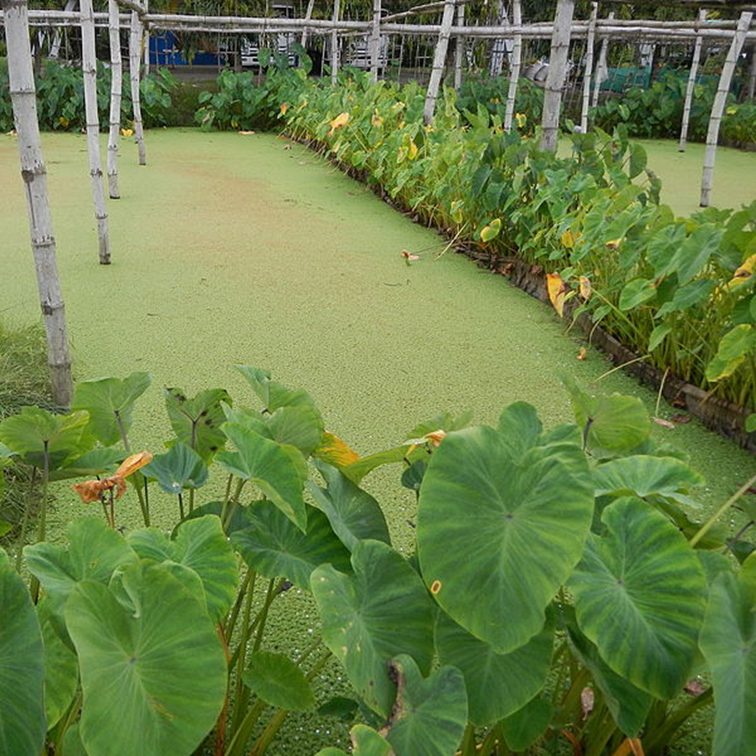
Fig. 2 Azolla caroliniana growing in controlled conditions in artificial water body. Public domain image, Author: Judgefloro, 2015 / CC BY-SA 4.0
Botanical description
Way of life
This floating aquatic fern is small in size and has the particularity of being present in waters that are not very mobile or with little current.
Root
The Mosquito fern, as it is commonly called Azolla caroliniana, has roots with adventitious origin, short, and filiform morphology.
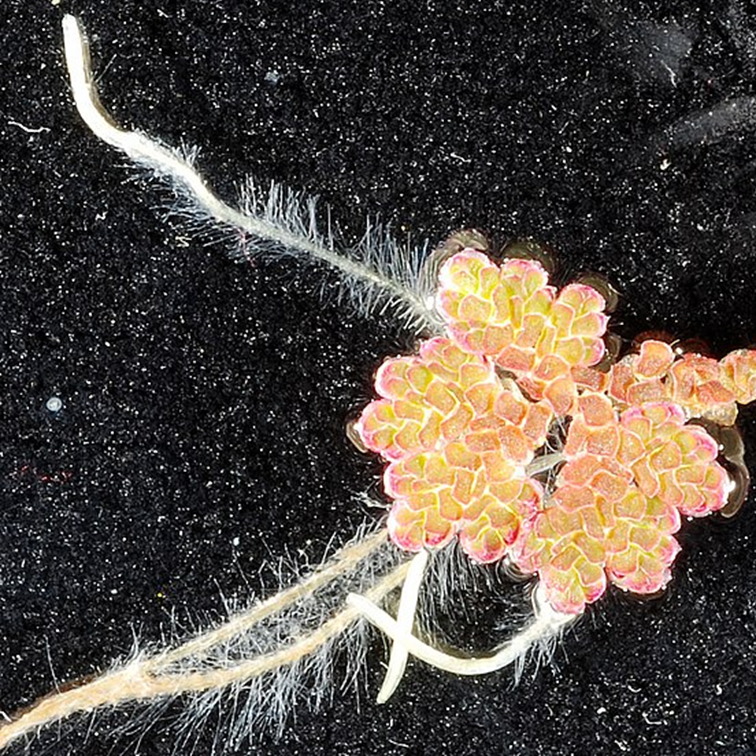
Fig. 3 Specimens of Azolla caroliniana are characterized by exhibiting roots of adventitious origin, short, and filiform morphology. Public domain image, Author: SERC, 2006 / CC BY-SA 2.0
Stem
Azolla caroliniana consists of a branched stem, from which adventitious roots grow.
Leaf
It has tiny leaves of 1 mm and squamiform morphology, arranged in two rows along the axis that supports them.
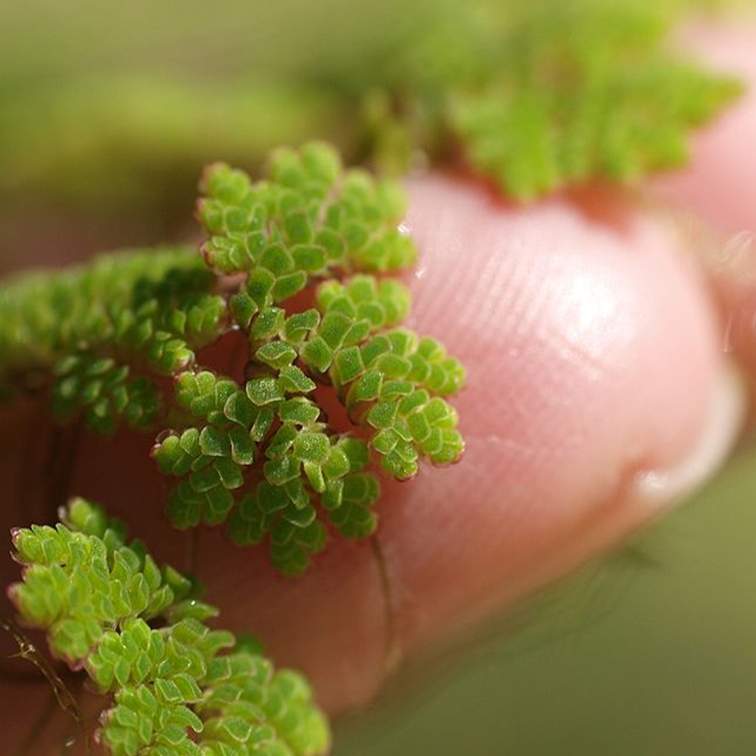
Fig. 4 The leaf blades of Azolla caroliniana are small and of squamiform morphology. Public domain image, Author: Ingrid Taylar, 2009 / CC BY-SA 2.0
Sporocarp
It exhibits sporangia enclosed in sporocaps, of ellipsoid morphology of 0.5-1 mm, located at the base of the leaves, the male ones measure about 1 mm, the female ones are smaller, about 0.5 mm, and contain a single spore.
Reproduction
Sexual reproduction
Azolla caroliniana has both sexual reproduction (which involves a complex cycle) and asexual or vegetative reproduction. Sexual reproduction occurs like all heterosporeous ferns by spores, producing male sporocarps (microsporocarps) and females (megasporocarps), in the particular case of this aquatic macrophyte reproduces when environmental conditions are suitable.
Asexual reproduction
Vegetative reproduction of Azolla caroliniana, occurs by the fragmentation of lateral branches that separate from the main stem.
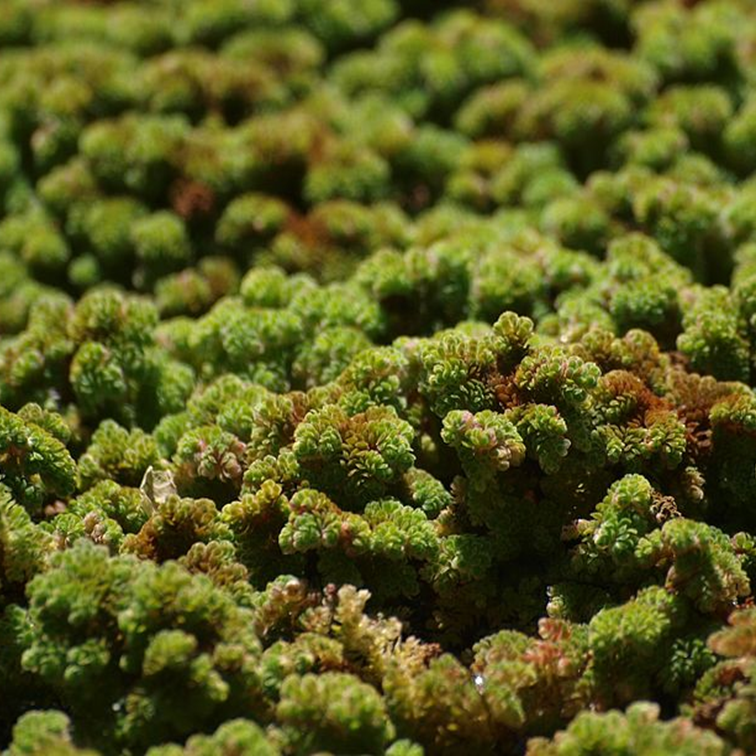
Fig. 5 Azolla caroliniana suffers fragmentation of lateral branches. Public domain image, Author: Ingrid Taylar, 2009 / CC BY-SA 2.0
Growth
It grows perfectly in bodies of water such as rivers and streams, but can also be found in swampy areas, its optimum growth occurs between 20-22ºC, perishing below 7ºC and above 42ºC. Its growth is also limited by the concentration of phosphorus.
Ecology
The mosquito fern generally develops better with less sun exposure, except in high latitudes during the spring, they are considered as invasive aquatic macrophytes, for their ability to infest water bodies, a favorable aspect is that this aquatic macrophyte has the ability to absorb nitrogen from the air.
Anatomy and Histology
The leaf tissue of Azolla caroliniana is characterized by exhibiting membranous margin and well-defined pluristratified segments, epidermis constituted by parenchymatous cells, triangular-shaped stomata, trichomes (epidermal excrescences) unicellular of papilliform morphology, and unlike the rest of the specimens of the genus Azolla, these epidermal excrescences of Azolla caroliniana are longer, due to the formation of two or more cells that are located in the upper lobe of its tiny leaf laminae.
SCIENTIFIC CONTRIBUTIONS OF THIS PUBLICATION
- The information presented, aims to contribute to the socialization of macroscopic parameters of organographic character, describing each of the vegetative and reproductive organs of Azolla caroliniana additionally the content allows to recognize the general organization of this important aquatic macrophyte, Moreover, the manuscript offers a brief anatomorphohistological introduction of utilitarian importance for the subsequent identification, description, and detailed histological characterization of Azolla caroliniana.
BIBLIOGRAPHICAL REFERENCES CONSULTED AND CITED:
[1] Lumpkin T., and Plucknett A. Azolla: botany, physiology, and use as a green manure. Economic Botany. 1980; 34; 2: 111 – 153. Article: Online access
[2] Roy D., Pakhira M., and Bera S. A Review on Biology, Cultivation and Utilization of Azolla. Advances in Life Sciences. 2016; 5; 1: 11 – 15. Article: Online access
[3] Kosesakal T., and Yıldız M. Growth performance and biochemical profile of Azolla pinnata and Azolla caroliniana grown under greenhouse conditions. Archives of Biological Sciences. 2019; 71; 00: 30 - 30. Article: Online access
[4] Carrapico F., Teixeira G., and Diniz M. Azolla as a biofertiliser in Africa. A challenge for the future. 2020. Article: Online access
[5] Singh P., Bisoyi R., and Singh R. Collection and Germination of Sporocarps of Azolla caroliniana. Annals of Botany. 1990; 66; 1: 51 – 56. Article: Online access
[6] Sârbu A., Smarandache D., Marinescu A., and Paraschiv A. Anatomical-histological observations conducted on aquatic ferns in the Danube Delta. Journal of Plant Development. 2017; 24: 3 - 21. Article: Online access
ATTENTION
Readers and followers
If you wish to read more scientific articles in English or Spanish, of excellent academic quality, do not hesitate to visit #STEMSocial and #STEM-espanol, communities that promote scientific content mainly in the areas of Science, Technology, Engineering and Mathematics.
OBSERVATION
✔ The cover image was designed by the author: @lupafilotaxia, incorporating the public domain background image, Author: Joydeep, 2011 / CC BY-SA 3.0
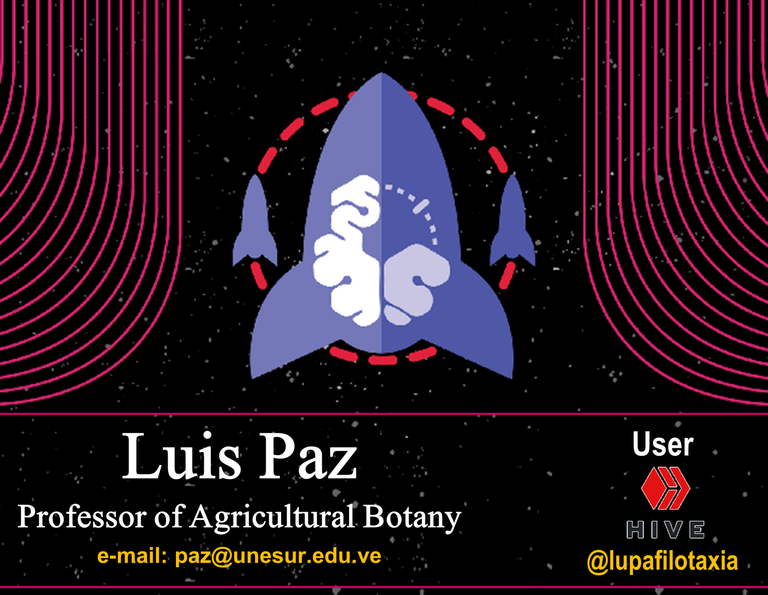
0
0
0.000
https://twitter.com/lupafilotaxia/status/1366050773822550020